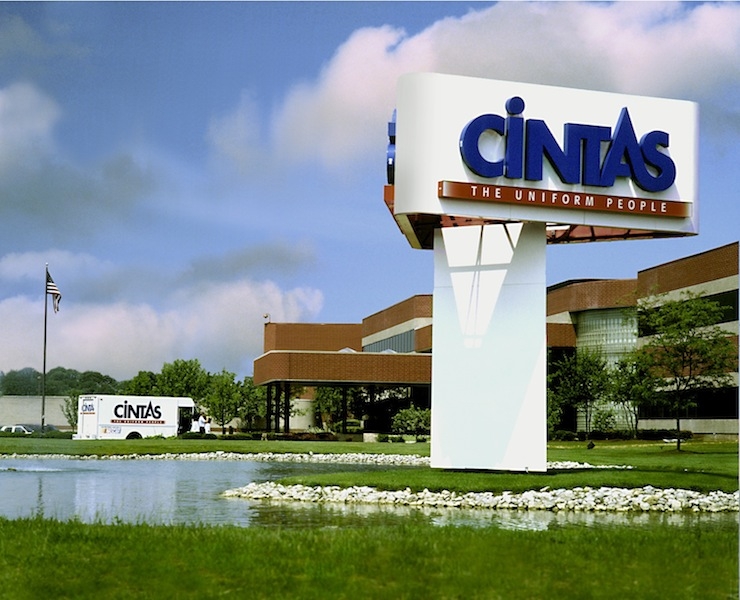
Features
Safety
Safety News
Cintas tackles the “It Won’t Happen to Me” FR clothing myth
August 6, 2013 | By Anthony Capkun

August 6, 2013 – According to statistics compiled by Chicago-based research firm Capshell Inc., Cintas says five to 10 U.S. workers are injured or killed daily due to arc flash accidents. To help reduce the likelihood and severity of injury during these incidents, Cintas Corp. highlights four common misconceptions about following NFPA 70E* requirements.
“On the whole, the industrial work environment has come a long way in understanding electrical hazards and protecting employees,” said Joe Liberti, protective apparel regional director, Cintas. “However, certain myths still exist about arc flash protection, and it’s critical that these are addressed in order to maximize employee safety and minimize liability in the workplace.”
1. NFPA 70E doesn’t apply to me
A notorious phrase in the electrical industry, many electricians believe that because they have never seen or experienced an arc flash, it won’t happen to them. While arc flashes are relatively rare, their unpredictable nature makes them particularly dangerous. According to a study conducted by the U.S. Department of Labor’s Bureau of Labor Statistics, Cintas says 2287 workers died and 32,807 workers sustained lost-time injuries due to electrical shock or burn injuries over a seven year period starting in 1992.
2. NFPA 70E is just product
Another common misconception among organizations, says Cintas, is that employees are safe when they have the proper personal protective equipment (PPE). While flame-resistant apparel and other PPE is important, these items become useless when used improperly. For example, should an employee roll up his sleeves while wearing an FR shirt, his safety is compromised. As a result, a big part of NFPA 70E consists of training employees in the proper use and care of PPE.
3. If I buy a flame-resistant shirt or coverall, then I’m compliant
When an arc flash occurs, it fully engulfs a worker (360º). To reduce the severity of injury, workers need to don a full ensemble of FR apparel, including shirts, pants, gloves, face shields, balaclavas, safety glasses and shoes. Besides ensuring PPE matches the hazard, it is also important for organizations to routinely maintain and inspect their PPE.
4. Every time an NFPA 70E flame-resistant garment is laundered, it becomes less flame-resistant
When FR apparel is washed properly, it does not lose its integrity. However, it is vital that employees wash their garments according to the instructions on the care labels and those outlined by NFPA 70E. It is also essential that FR apparel be constructed and repaired using flame-resistant thread, which is seldom found in retail stores. To limit liabilities, many organizations opt to work with industrial launderers who can inspect, launder, repair and replace garments when necessary.
“Equally important to understanding the electrical hazards in your workplace is revisiting your PPE program each time the NFPA 70E standard is rewritten,” Liberti added. “This ensures that your employees are being protected to the best of your organization’s ability and that your program is still compliant.”
* The Canadian equivalent of NFPA 70E is CSA Z462 “Workplace electrical safety”.
Print this page